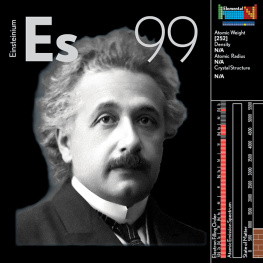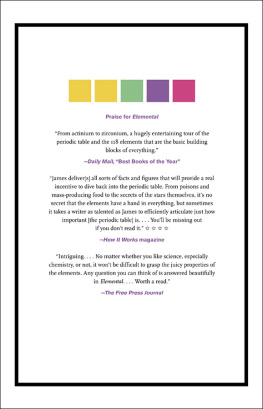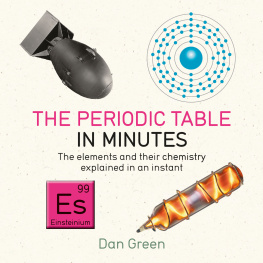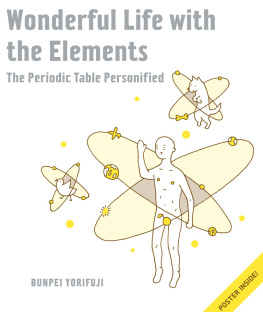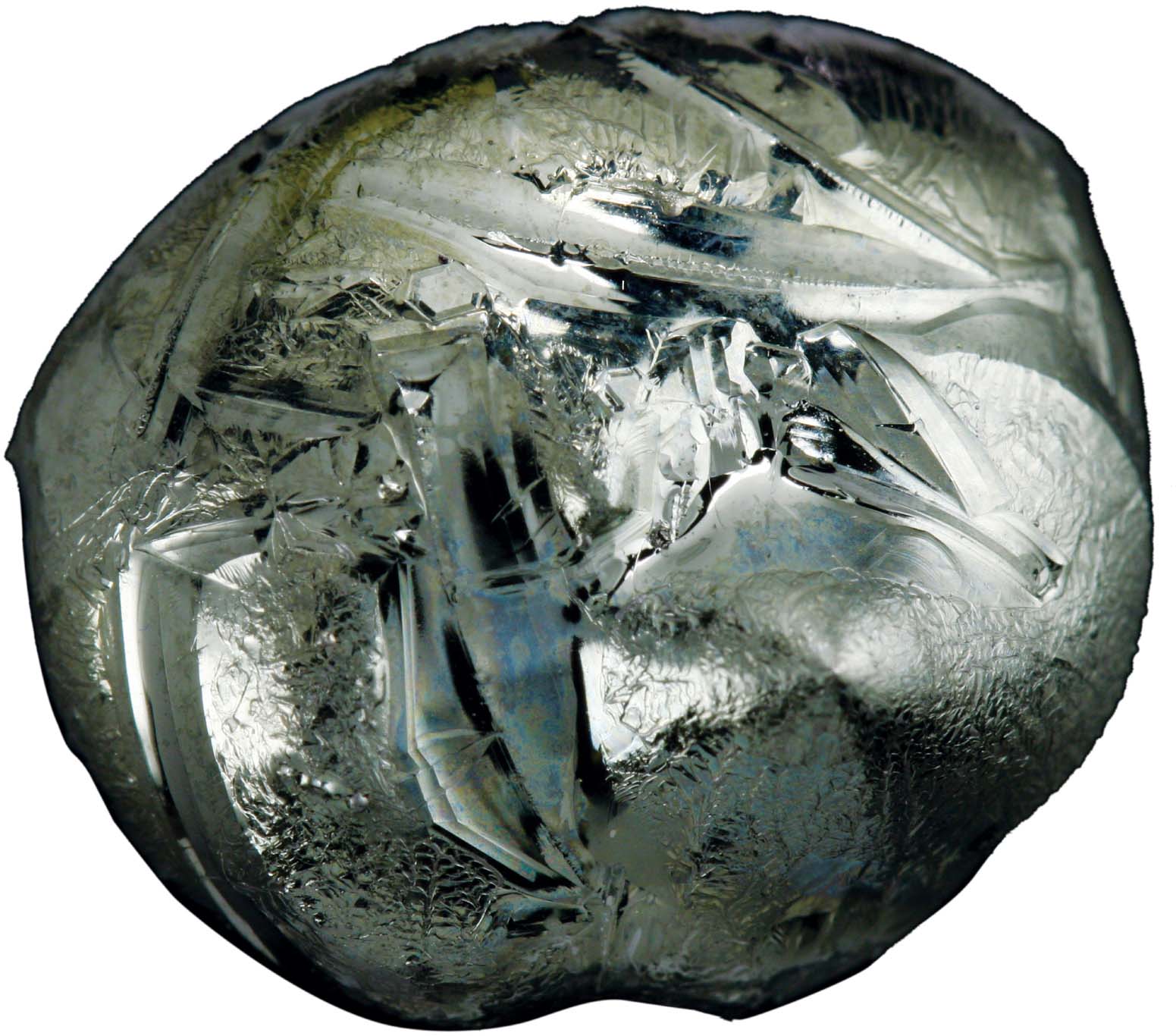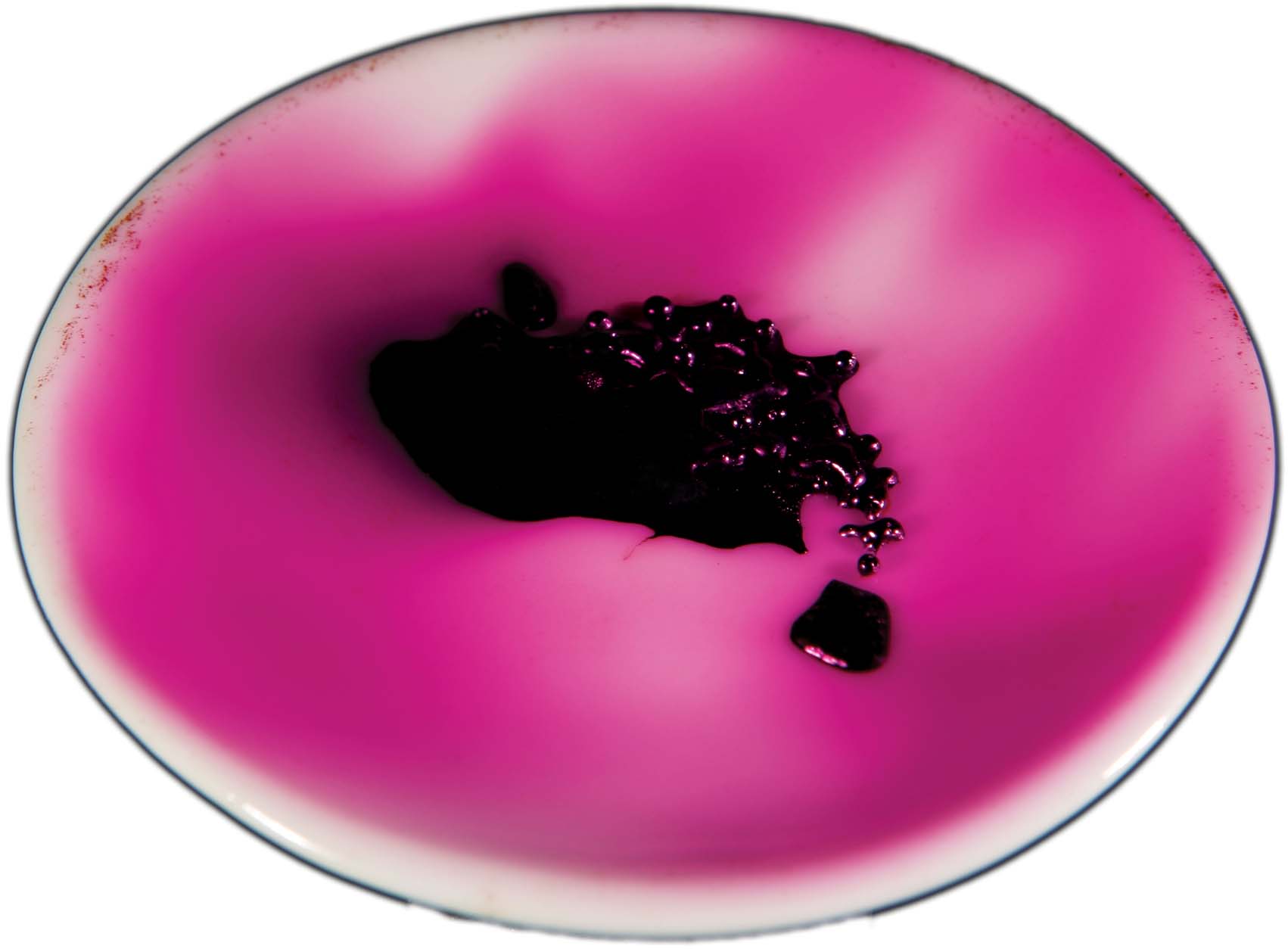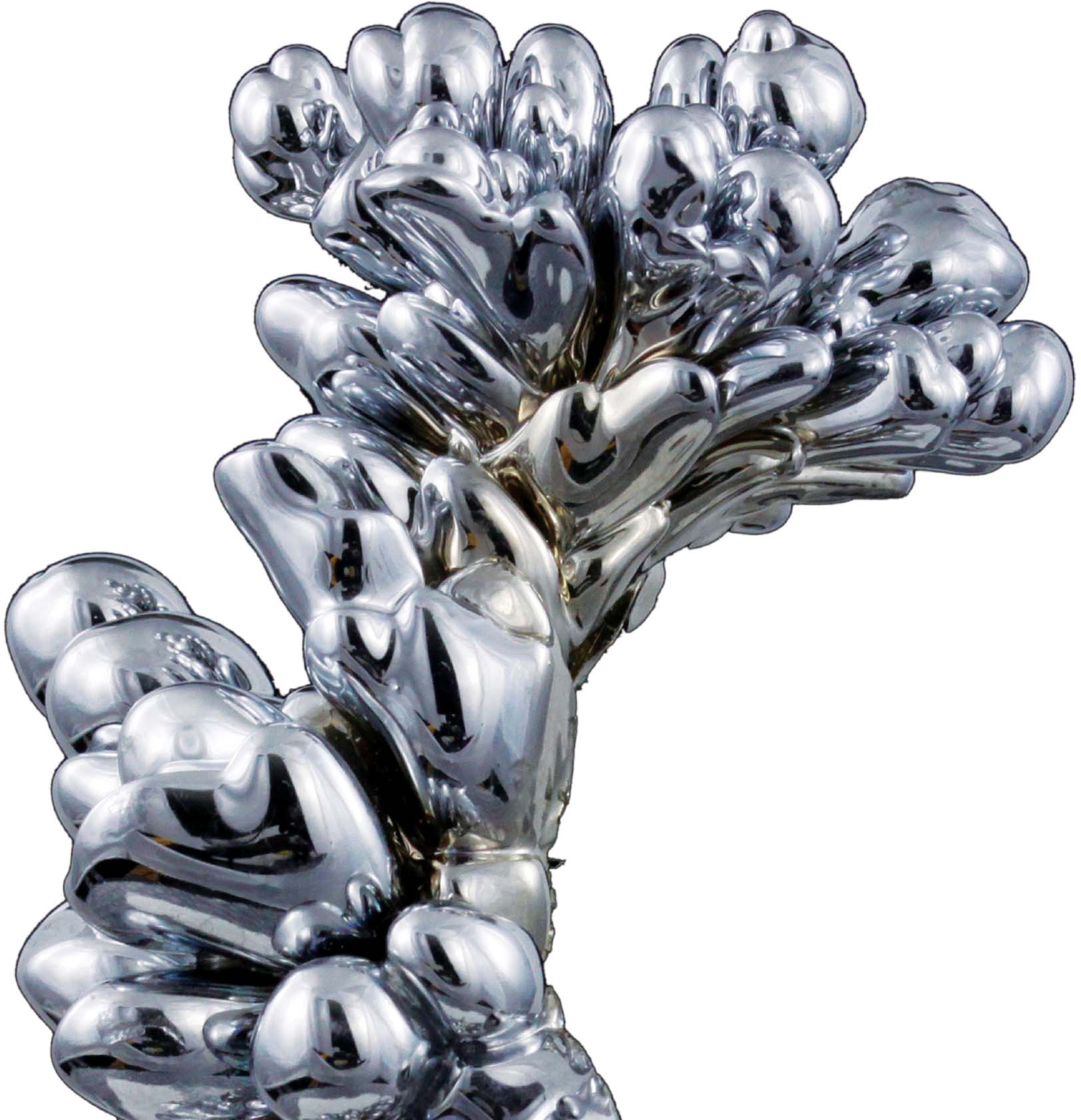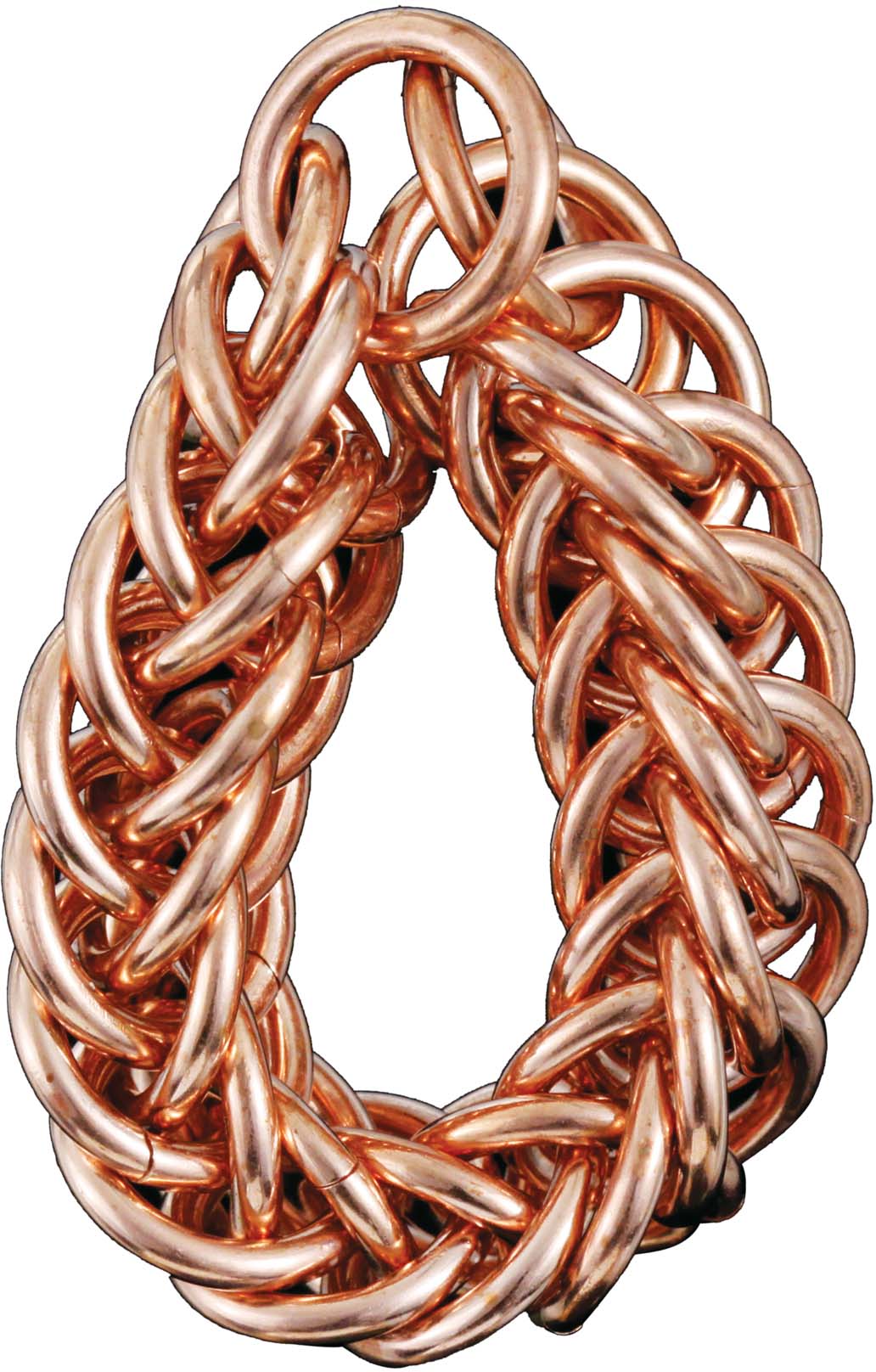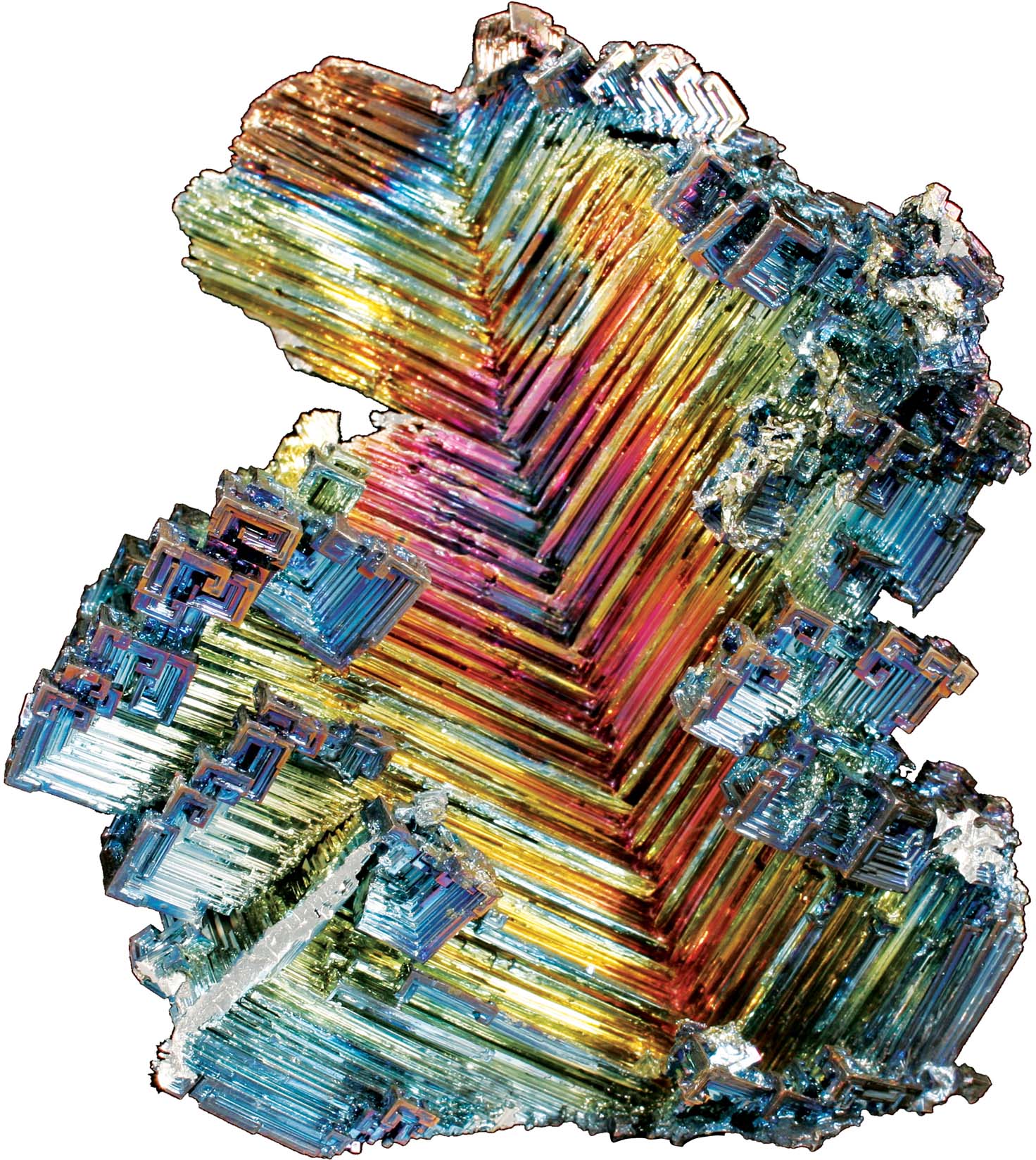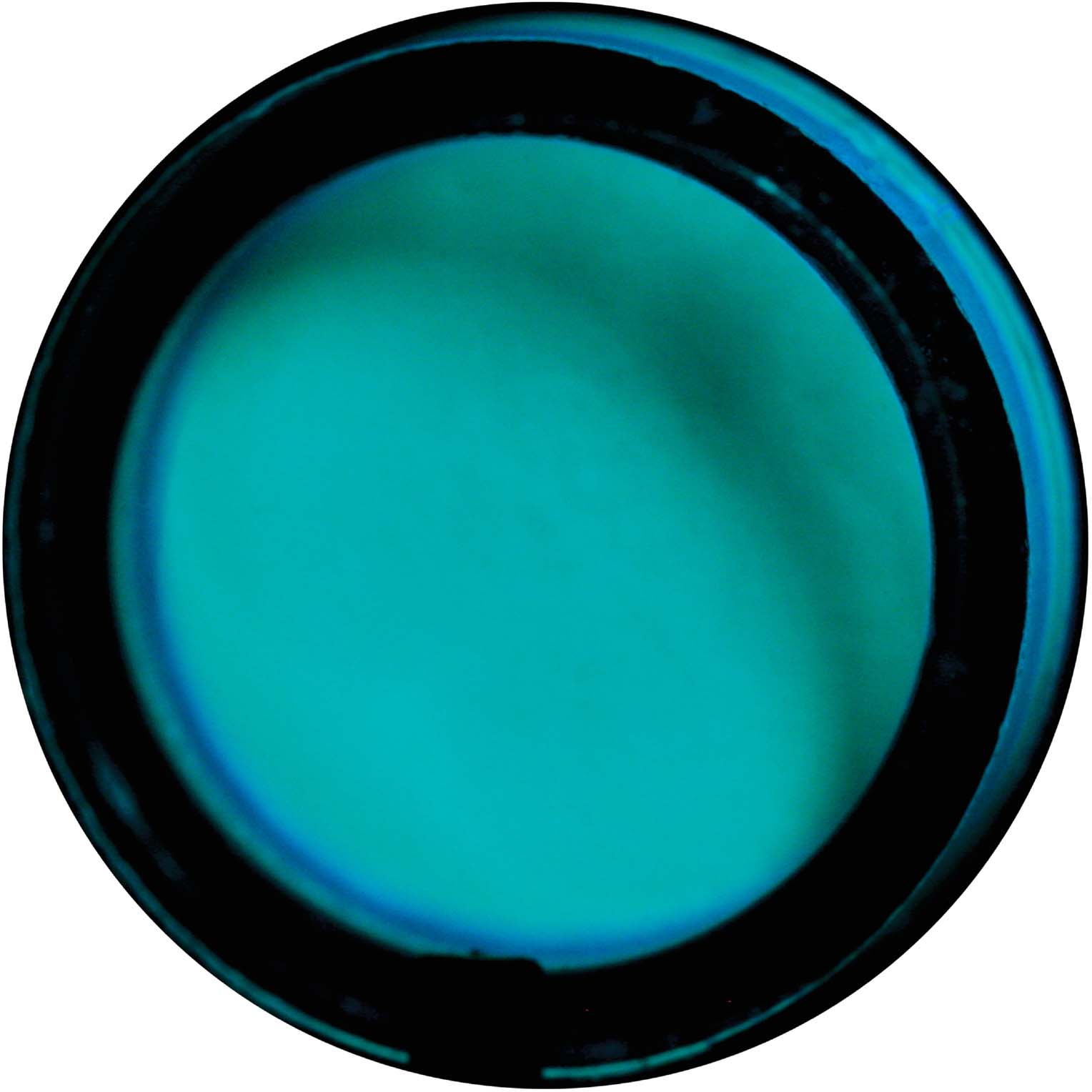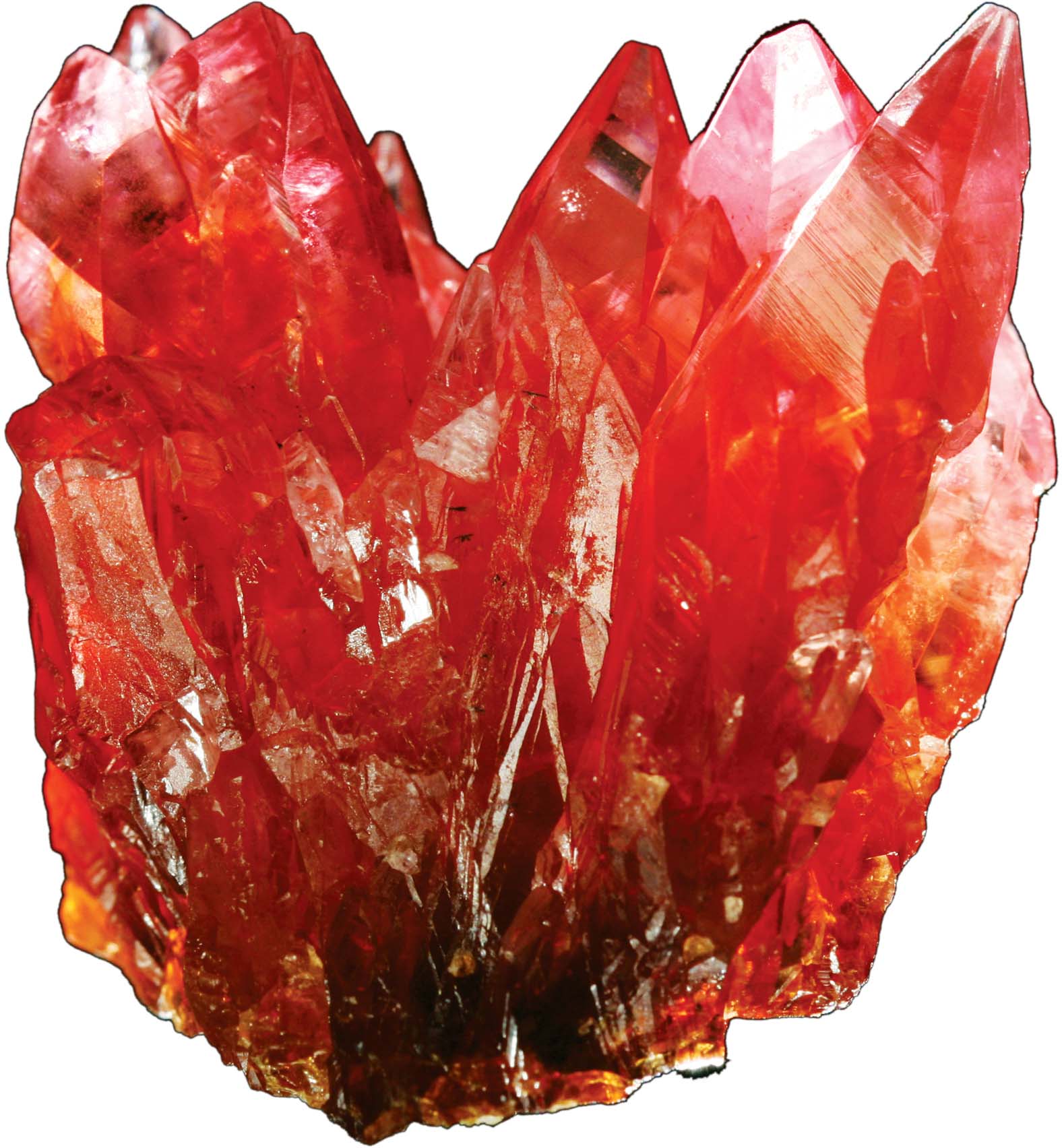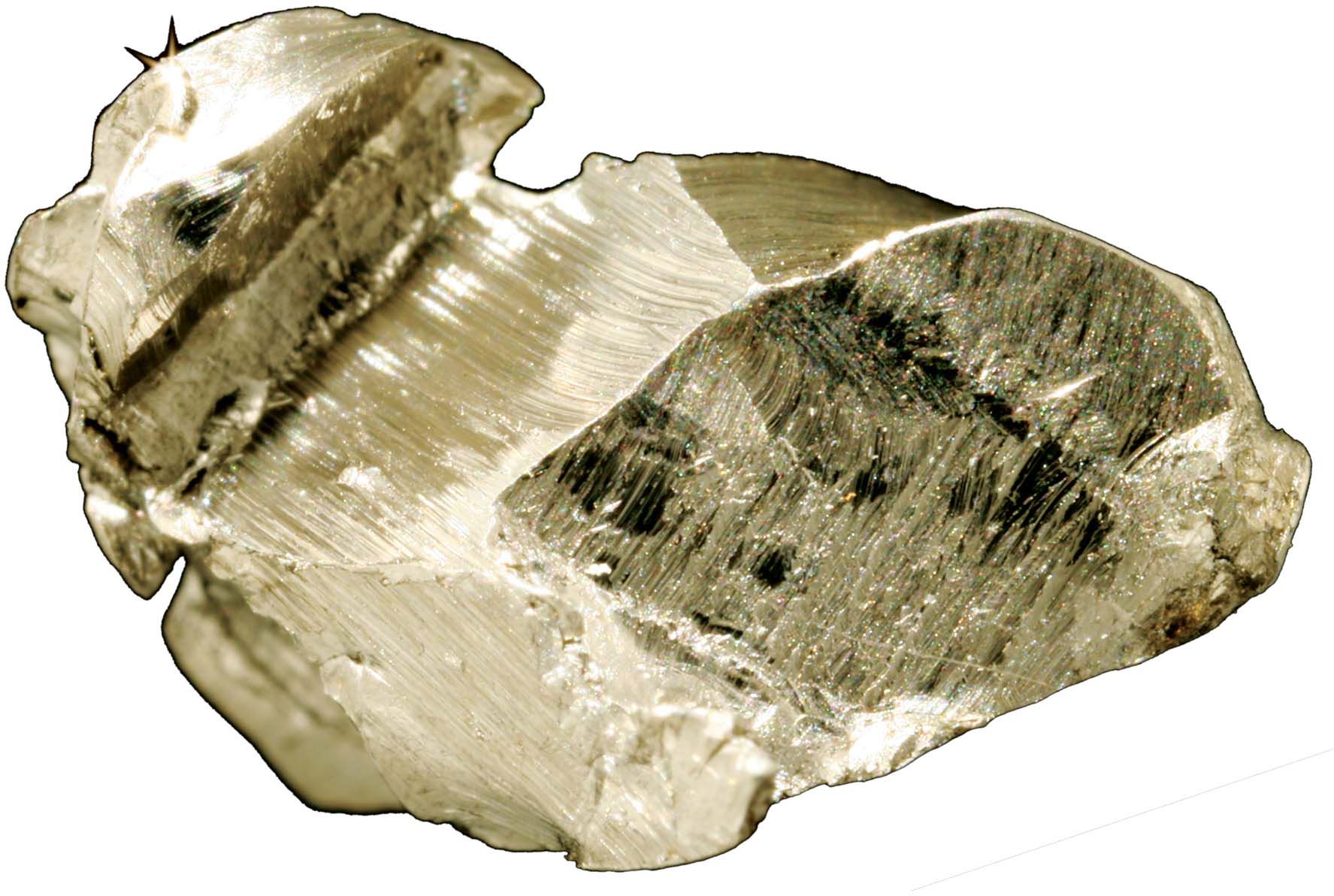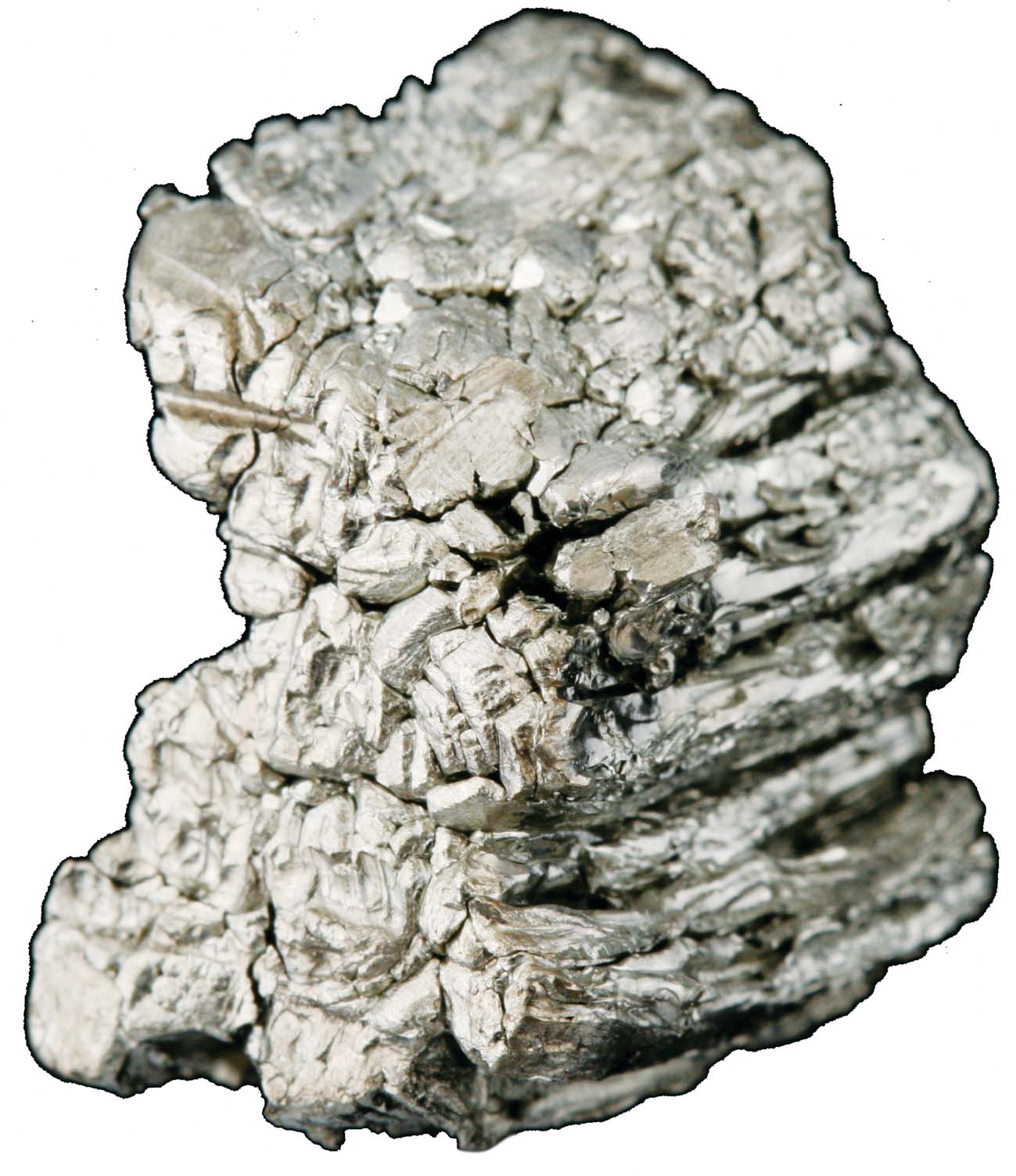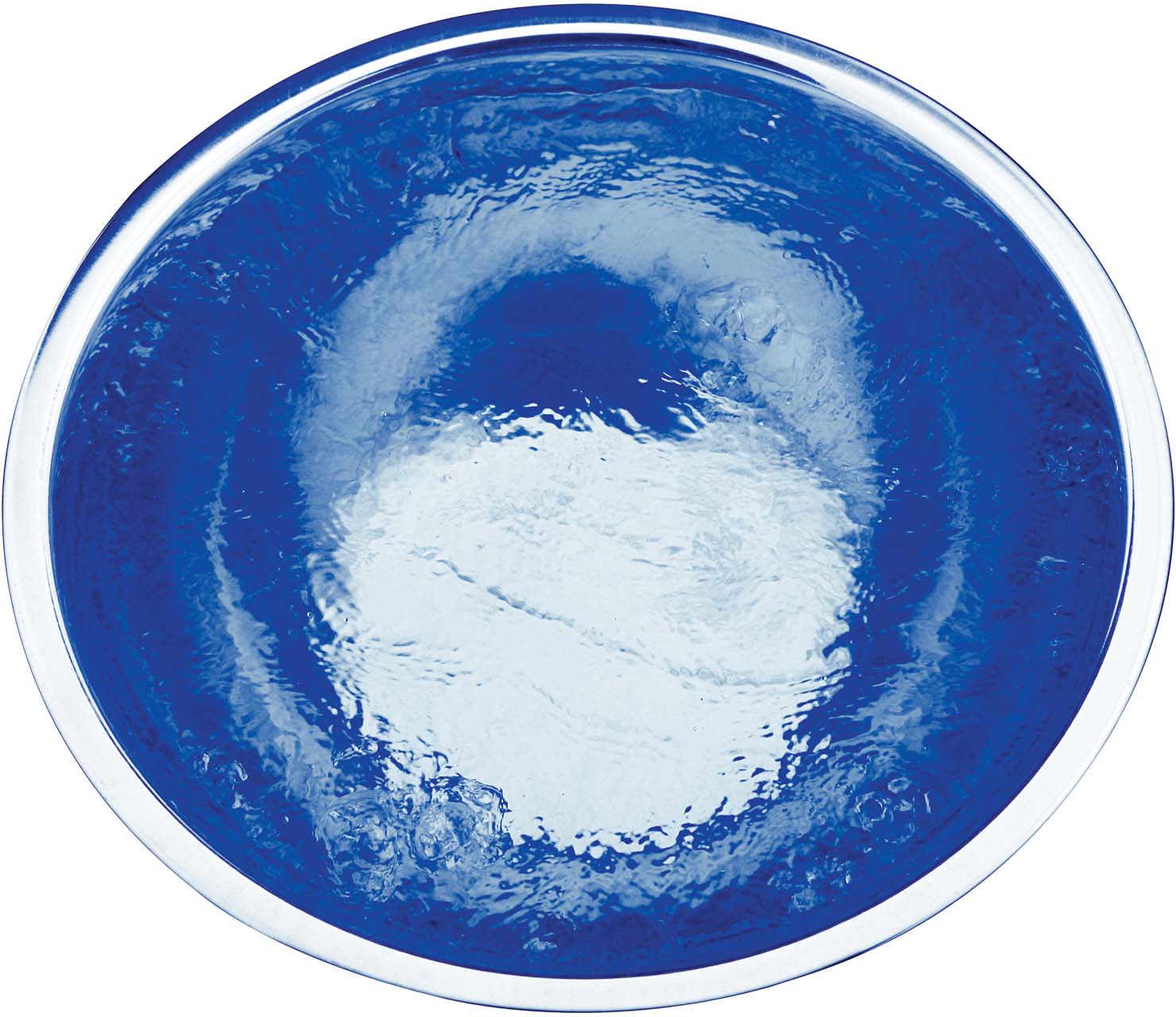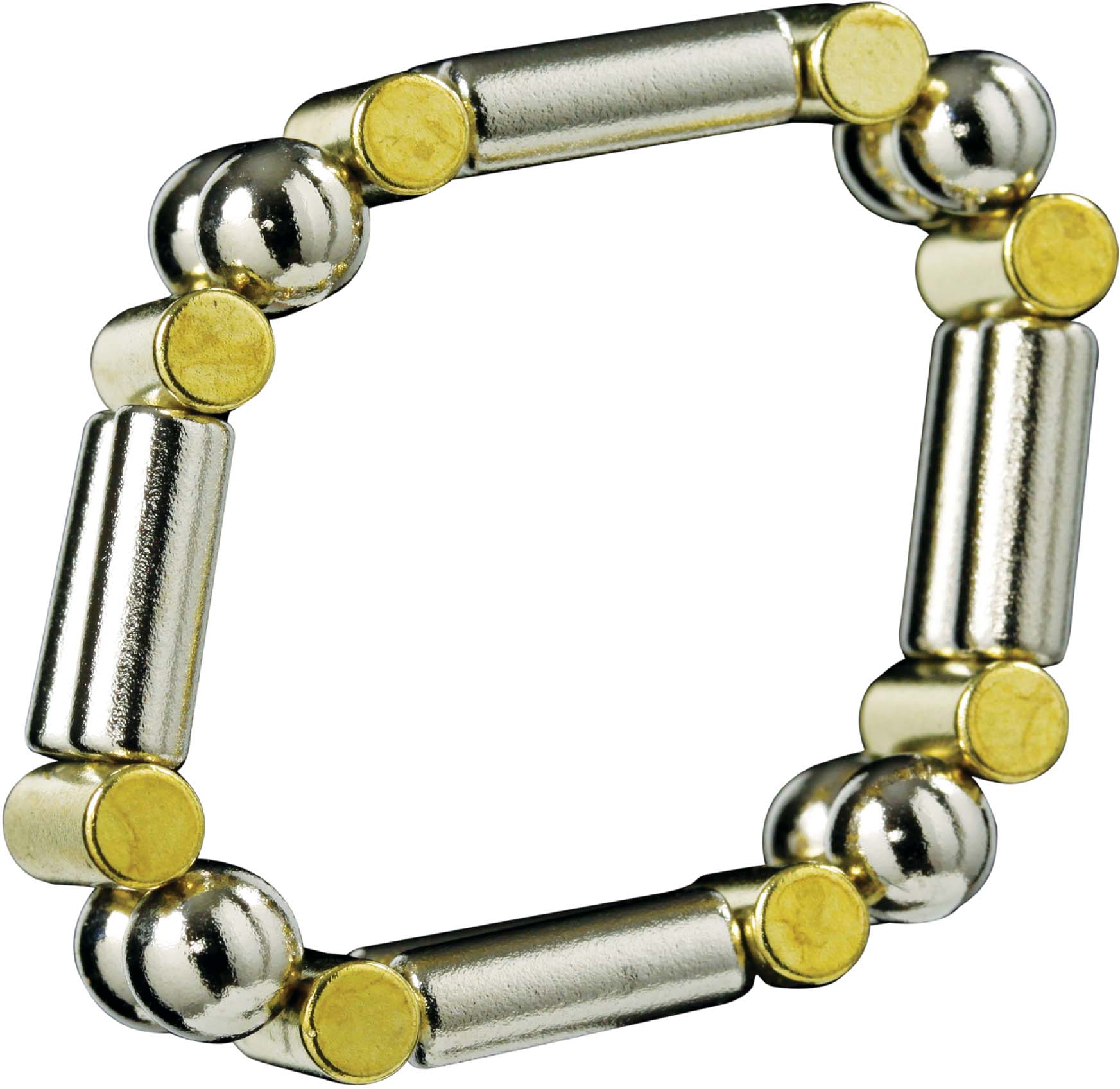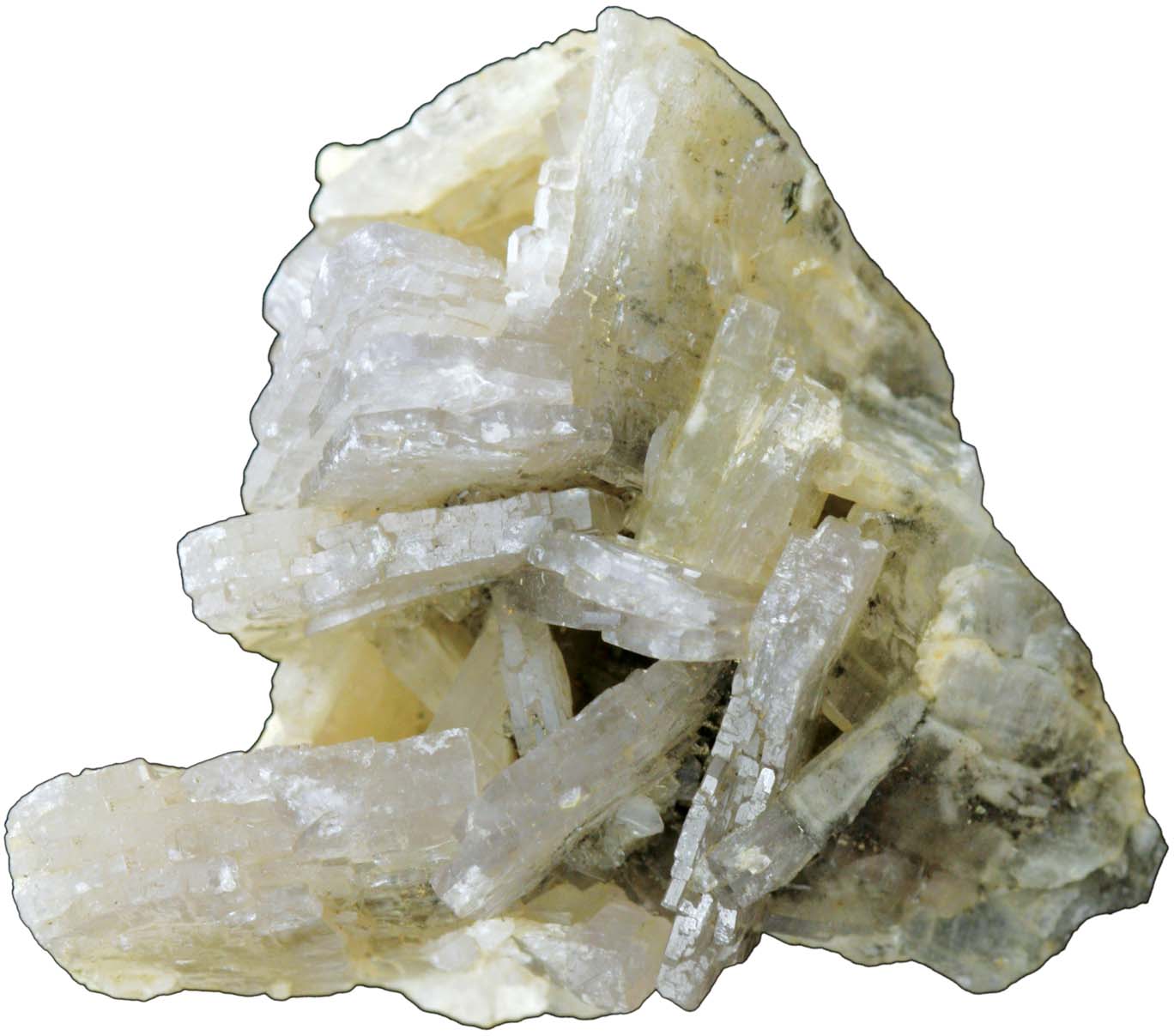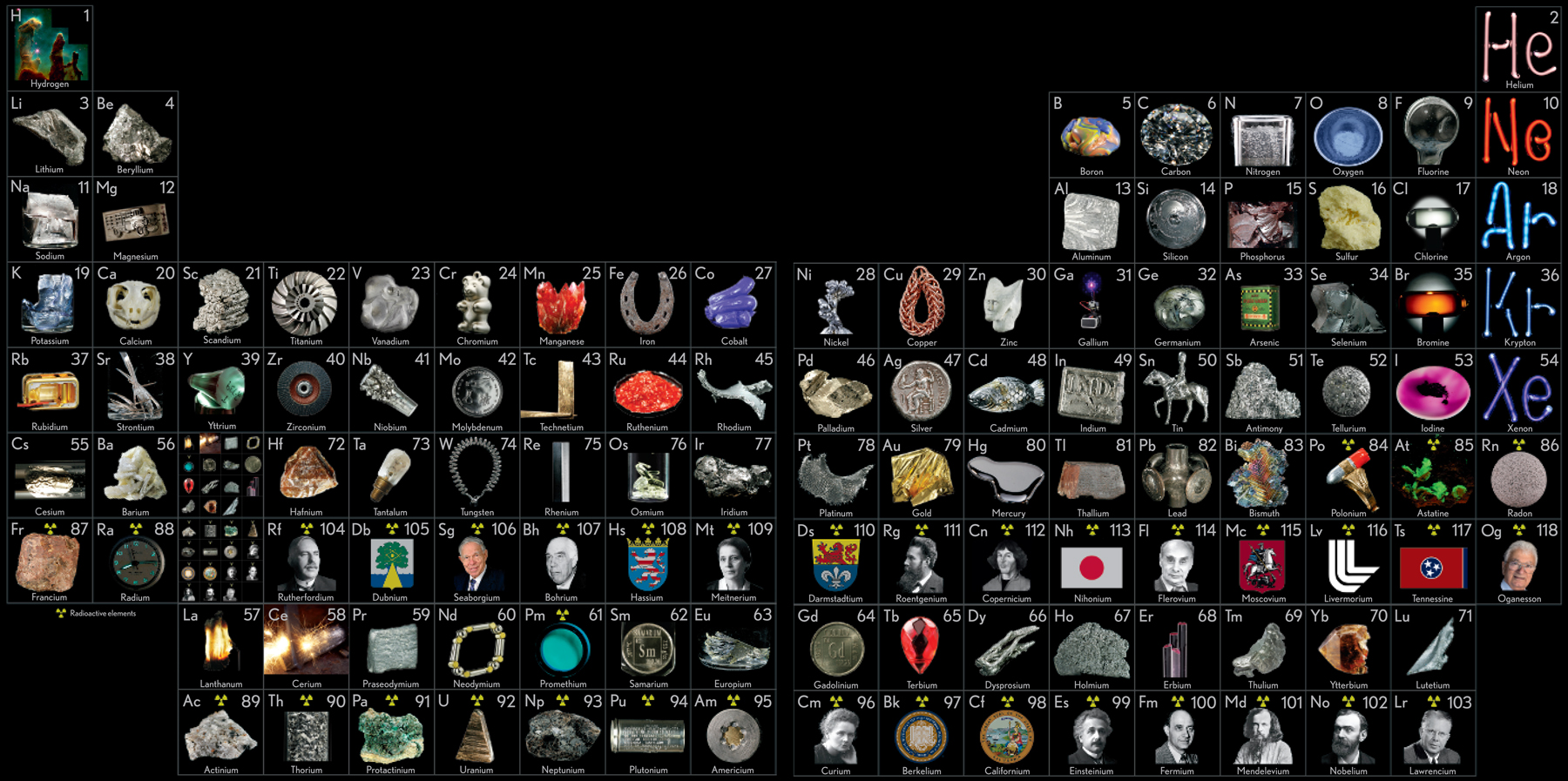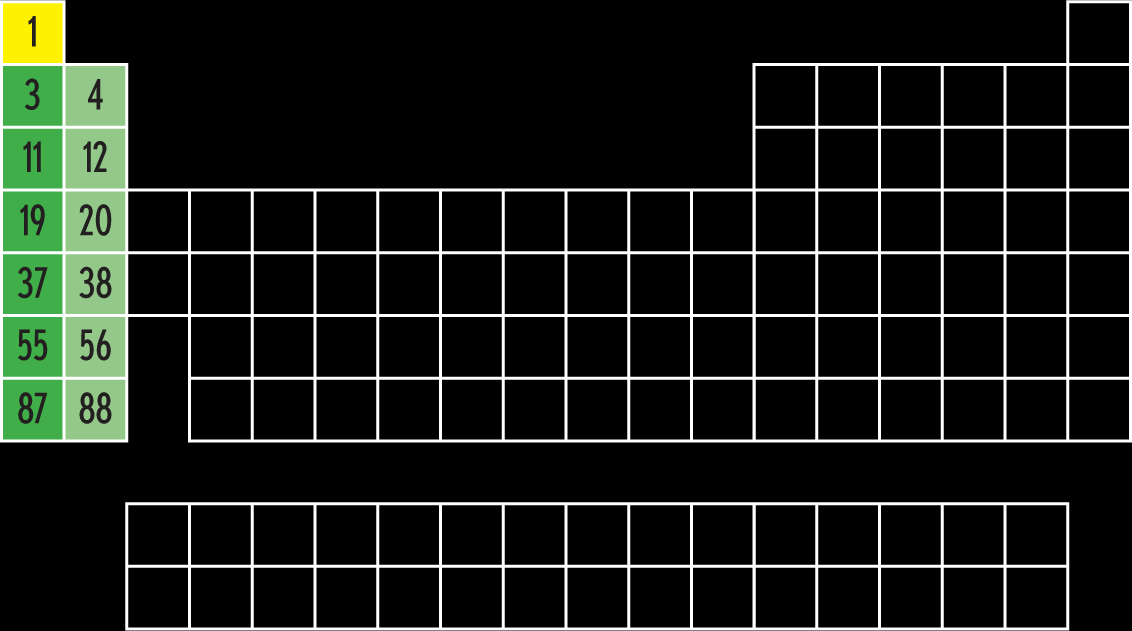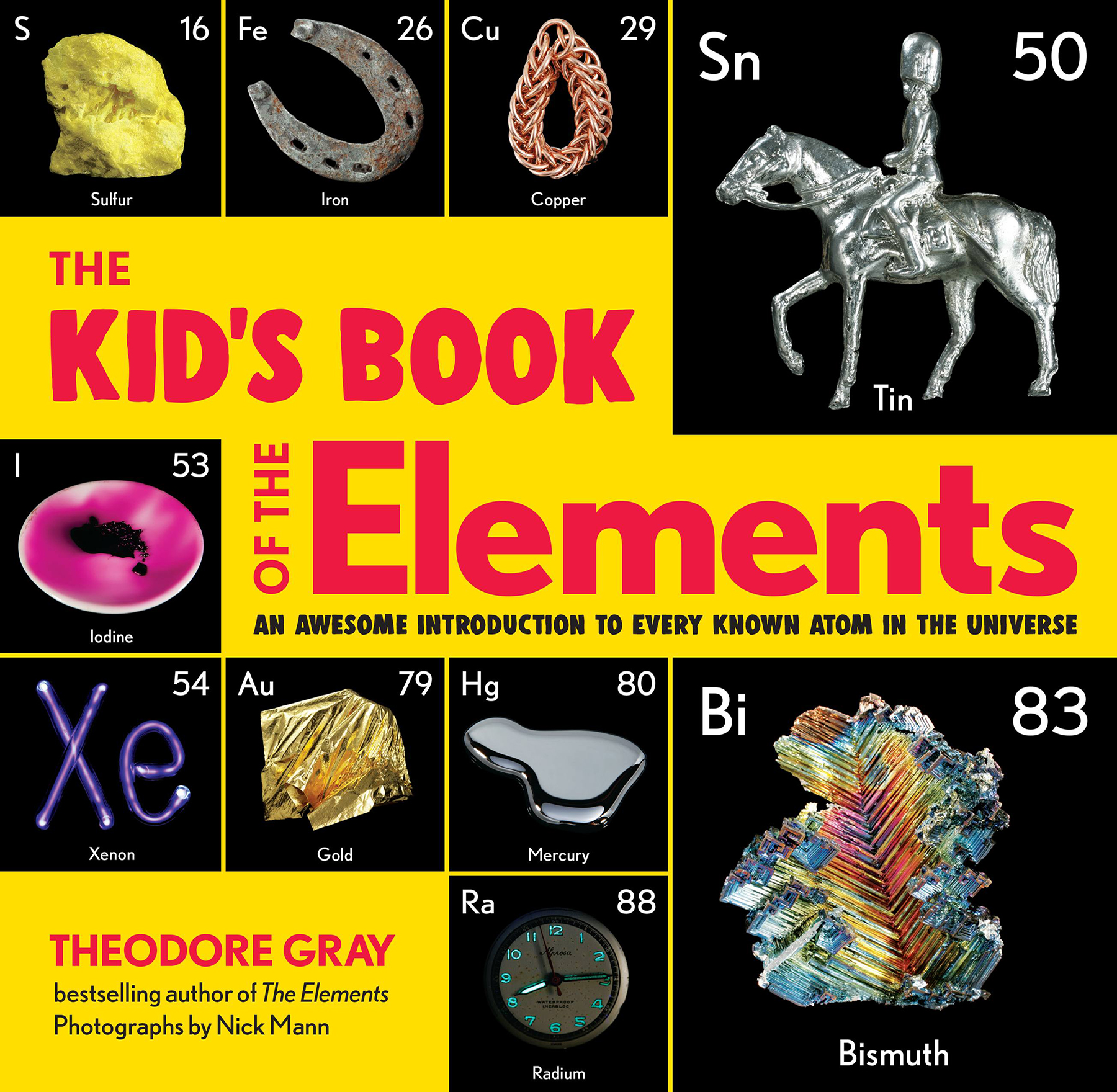
Copyright 2020 by Theodore Gray
Cover design by Katie Benezra
Cover copyright 2020 by Hachette Book Group, Inc.
Hachette Book Group supports the right to free expression and the value of copyright.
The scanning, uploading, and distribution of this book without permission is a theft of the authors intellectual property. If you would like permission to use material from the book (other than for review purposes), please contact permissions@hbgusa.com. Thank you for your support of the authors rights.
Black Dog & Leventhal Publishers
Hachette Book Group
1290 Avenue of the Americas
New York, NY 10104
www.hachettebookgroup.com
www.blackdogandleventhal.com
First Edition: October 2020
Black Dog & Leventhal Publishers is an imprint of Perseus Books, LLC, a subsidiary of Hachette Book Group, Inc. The Black Dog & Leventhal Publishers name and logo are trademarks of Hachette Book Group, Inc.
The publisher is not responsible for websites (or their content) that are not owned by the publisher. The Hachette Speakers Bureau provides a wide range of authors for speaking events. To find out more, go to www.HachetteSpeakersBureau.com or call (866) 376-6591.
Print book interior design by Tandem Books
Library of Congress Cataloging-in-Publication Data has been applied for.
ISBNs: 978-0-7624-7077-8 (hardcover); 978-0-7624-7078-5 (trade paperback); 978-0-7624-7079-2 (ebook)
E3-20200902-JV-NF-ORI
THE PERIODIC TABLE is the universal catalog of the elements. Its a list of the building blocks that make up everything in the world that you can drop on your foot. (There are some things, such as light, love, logic, and time, that are not in the periodic table. But you cant drop any of those things on your foot.)
Earth, this book, your footeverything in the world you can touchis made of elements. Your foot, for example, is made mostly of oxygen with quite a bit of carbon and hydrogen joining in. Earth is made up of four main elements: iron, oxygen, silicon, and magnesium. This book is made mostly of carbon, oxygen, and hydrogen.
And this is only the beginning! In this book well look at all 118 elements of the periodic table.
A Visual Exploration of Every Known Atom in the Universe
Photographs show samples of the pure or nearly pure element except as follows: At, Rn, Fr, Ac, Pa, and Np show radioactive minerals containing minute traces of the element. Po, Ra, Pm, Pu, and Am show artificial objects containing invisible amounts of the element. Technetium shows a Tc-99 bone scan. Hydrogen shows a Hubble Space Telescope image of the Eagle Nebula, which is mostly hydrogen. 96-118 show the person or place after which the element is named.
WHY IS THE periodic table shaped the way it is? Its not a random coincidence, and its not because it looks pretty this way. The shape of the periodic table is determined by the arrangement of electrons in the atoms of each element.
Atoms are made up of three types of subatomic particles, called protons, neutrons, and electrons. Every atom of a given element has the same number of protons in its nucleus, which is called that elements atomic number. For example, every oxygen atom has 8 protons in its nucleus, so the atomic number of oxygen is 8. Each atom also contains multiple neutrons, but this number isnt always the same for every atom of a given element. In orbit around the nucleus, you will find a number of electrons equal to the number of protons in the nucleus.
Reading in rows from left to right and top to bottom (sometimes with gaps in the rows), the periodic table lists the elements in order of their atomic numbers. The first row has a huge gap between hydrogen (1) and helium (2), then there are progressively smaller gaps as you go down. This might seem random, but it isnt. The gaps are there so the elements in each column share the same number of outer shell electrons, which are the electrons that participate in chemical bonding and thus determine the chemical properties of the elements in that column. Each column, or set of neighboring columns, forms a group of elements that behave in similar ways. Lets take a look at these groups.
THE FIRST GROUP of elements, the leftmost column, is called the alkali metals. The main shared property of the alkali metals is that they are fun to throw in a lake. This is because when you put an alkali metal, such as sodium (11), in water, you get a nice big explosion. I say it


